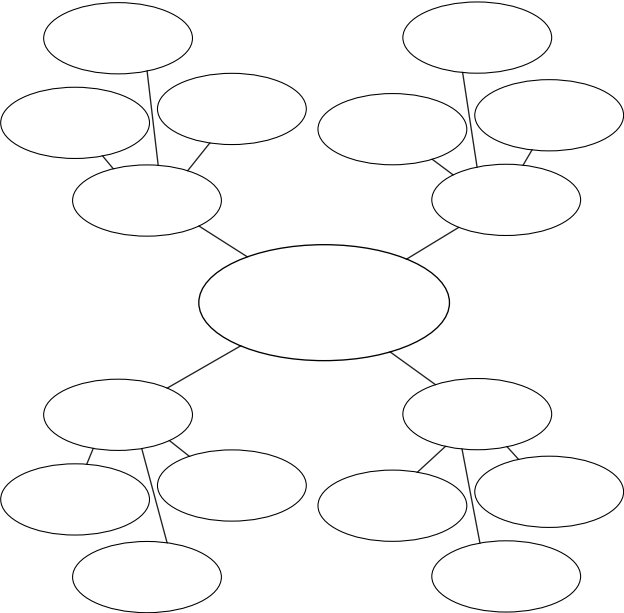What students do when they first enter the classroom matters. Here's why.
Homeostasis: Noun. the tendency toward a relatively stable equilibrium between interdependent elements, especially as maintained by physiological processes.
Got it? Good, because now I’d like you to compare and contrast how homeostasis works in your own body to how it works in plants. And no, you can’t use Google.
If you’re feeling a bit upset over the unfairness of the task outlined above, you’re certainly not being unreasonable. There are several important aspects of pedagogy missing from it, one of which is that you were not given the opportunity to activate your prior knowledge on the concept of homeostasis before diving headlong into its complications.
Activating prior knowledge is the first important step in teaching a new concept to students, and yet it is often overlooked.
Essentially, it is uncovering what students already know about a topic in order to find a familiar entry point from which to build upon. It is the first step in building the schema upon which all the lessons to follow will depend. Without it, your students may struggle to attach meaning to the new words, phrases, and concepts that are crucial to content mastery.
One of the best ways to activate prior knowledge is through the use of a “Do Now”, a warm up activity or task that students engage in immediately upon entering the classroom.
Do Nows can serve a variety of purposes. They can be used to review older material, discuss answers to a quiz, or to just get students settled into their seats and ready for the day’s lesson.
However, Do Nows are especially useful in activating prior knowledge because of their position at the very beginning of a lesson. They can be used to bring that vital concept mapping front and center into the students’ minds, such that they are now more open and ready to receive new information.
An example of a prior knowledge-activating Do Now is a semantic web, such as the one that you see below:
A semantic web, also known as a semantic map, is an excellent way to afford students the opportunity to bring their prior knowledge on a given topic into focus, priming them for your lesson.
So let's return to that task at the beginning of this article.
Instead of just defining the term “homeostasis” for students and then demanding a complex activity, what if we first ask them to develop a semantic web around the key concept of equality.
In the center of the web, students would write the word “equal” or “equality”.
Then, they would fill the bubbles around this word with symbols, words, pictures, phrases, events, people, etc. that they were already familiar with and that they associate with equality.
If you were a student, you’d realize that you already know quite a lot about this important concept before you ever engaged in rigorous academic tasks. This would build your confidence to explore, thus lowering your stress level and making your more open to receive additional information.
Let’s take a look at all the benefits.
First of all, this activity would make the key concept of homeostasis, the maintenance of equality, accessible to all students in that they would be generating all these associations on their own, unaided by academic articles or rigorous, stressful tasks.
Second, a semantic web would build schema around the concept. This means that students are constructing a framework for organizing and receiving new information. Later in the learning process, when the rigor increases, this framework can serve them well, as they build connections to the web.
Third, this activity is concise. It takes place at the beginning of class and is directly related to the concept that you want them to master.
Lastly, a semantic web sparks thinking. Though students may not realize it because they’re just drawing on their own personal experience, they are engaging in higher order thinking. Their synapses are firing, they’re making connections.
Activating Prior Knowledge is as easy as learning the ABC’s
If we put the four characteristics outlined above together we’ve essentially got a very easy system for remembering how Do Nows can be utilized to activate prior knowledge:
A is for accessibility
B is for building schema
C is for concise
S is for sparks thinking
While listing these characteristics in this way may seem like a strange acrostic poem, it is a great way to remember the vital components common in all quality Do Now activities.
As it turns out, a semantic web is just one among many that can be used to this end.
Agree/Disagree, structured conversations, and card sorts are other examples that you can use to activate prior knowledge in your students, and thus give them a strong base from which to explore complex topics.
Once you’ve got this down, the next step would be to expand upon what students already know by building background knowledge.
Activating Prior Knowledge for YOUR Students
Do you want to learn more about how to use Do Nows to activate prior knowledge of your students in your content area?
We currently offer a specialized professional development course that is guaranteed to make you a Do Now expert, thus maximizing student achievement in the classroom.
To learn more about this unique professional development experience, go to our Services page and click on our Making Complexity Accessible to Multi-lingual Learners workshop. This workshop is offered both online and in person.

